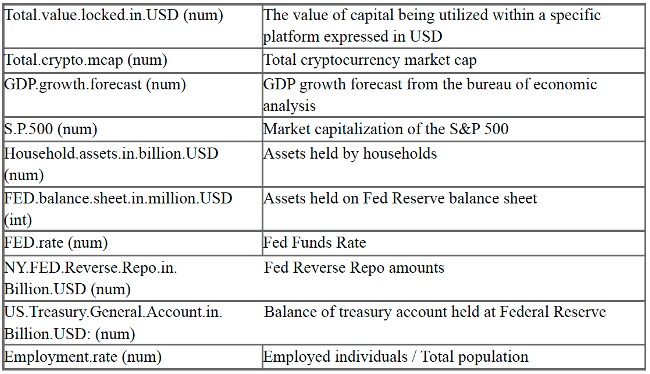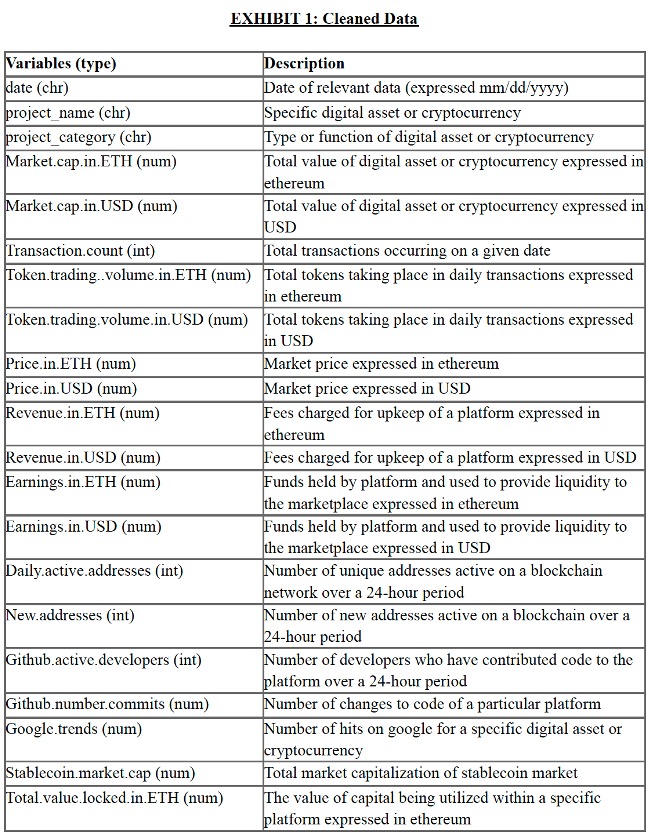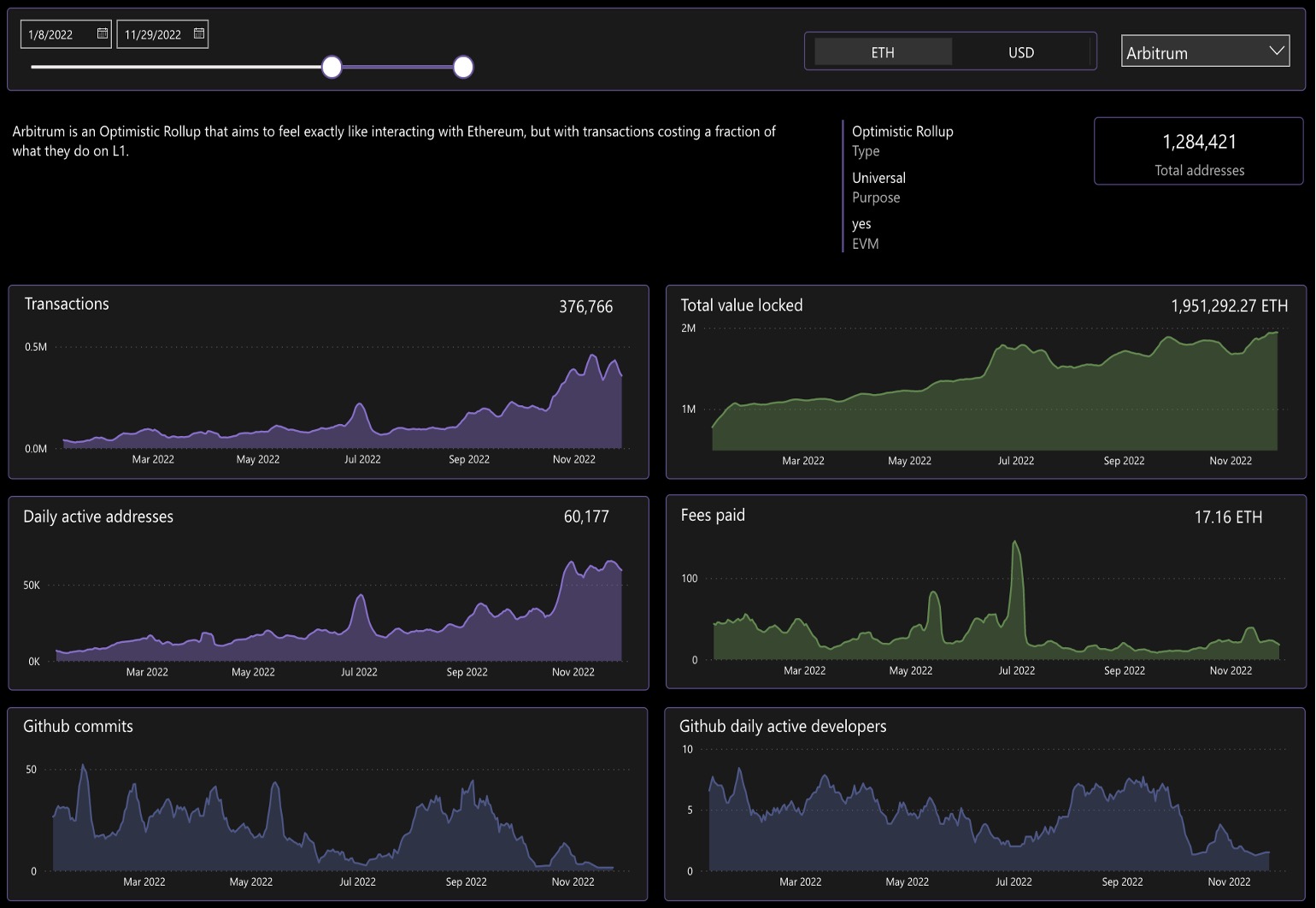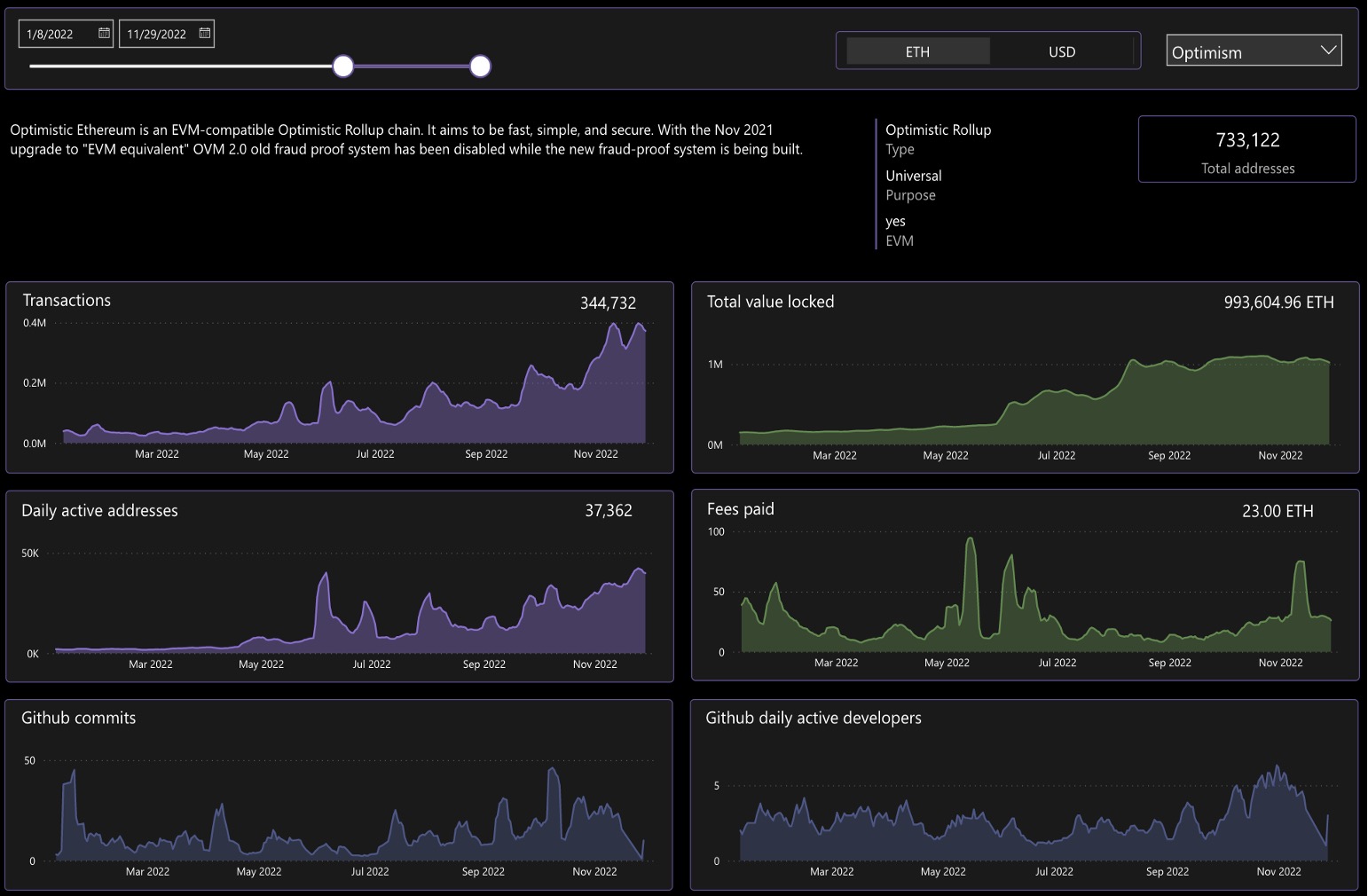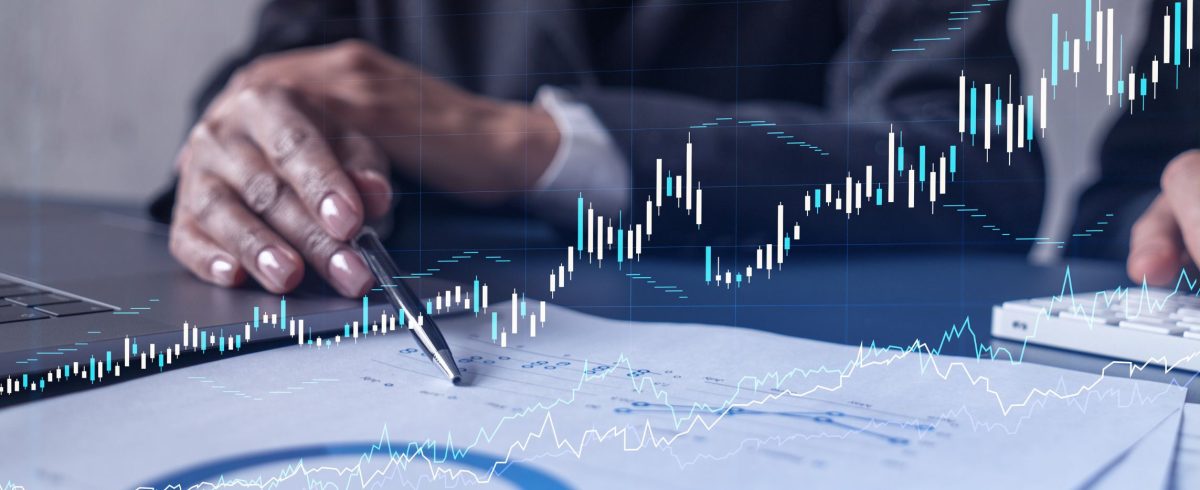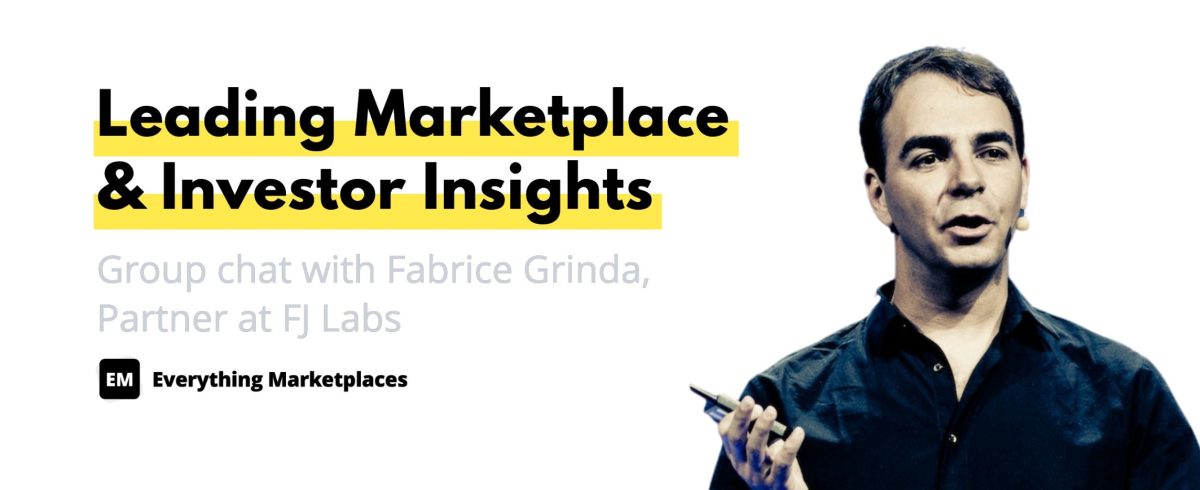“They did not know it was impossible so they did it.” Mark Twain’s quote resonates with me. As much as we encourage founders to validate their startup idea in an extremely rigorous way, you do not need to validate everything ahead of time as long as you believe you will figure out how to deal with whatever challenge comes your way.
Aucland
Aucland was my first venture backed startup. It was an eBay of France and Southern Europe. Prior to launching I did a fundamental analysis of eBay’s S-1 to validate product market fit. I felt that as long as the idea was proven in the US, it could be adapted to work in Europe as humans all essentially want the same thing: to communicate, be entertained and have a sense of purpose. My analysis of the S-1 gave me confidence that the business was viable. In sharp contrast to almost all the other businesses I researched, eBay had over 60% gross margin and was already profitable. This was enough for me to quit my job at McKinsey, sell my apartment, and embark on my first large scale entrepreneurial journey in July 1998 at the age of 23.
The list of the things I did not know was endless:
- I had never raised money from VCs, did not know any VCs, or to approach them. Knowing what I know now, I realize how naïve my approach was of just sending them cold emails with a massive 80-page vertical business plan attached rather than being introduced by mutual connections and attaching a deck. As I was getting nowhere, I ended up just launching, executing, getting some visibility, and ultimately VCs reached out to me.
- I did not realize that all the infrastructure required to launch as startup was lacking and that we essentially needed to create our own data center to host our servers. In a way it was a massive distraction from building the product of the startup I was meant to be building, but as a hardware nerd, I loved putting together the extremely powerful servers we used to host Aucland.
- I had never recruited anyone before and made every hiring mistake possible. Not finding a front-end developer I liked, I even taught myself HTML and CSS to code the front end in a way I found aesthetically pleasing.
- I did not expect the extent of the legal challenges we would face:
- The French had given a monopoly on auctions to government licensed auctioneers or “commissaires priseurs” and got sued for violating their monopoly. The case went all the way to the European Union which ultimately overturned their monopoly.
- I had not my mandatory military service because I was in the US for college and McKinsey. I had to fight off their attempt to arrest me on national interest reasons as I was employing over 100 people doing $10M per month in sales which was deemed more valuable to France than essentially cleaning toilets for 12 months for 100 euros per month (the military does not value you and makes you do extraordinarily menial tasks).
- Incorporating in France was significantly slower and more bureaucratic than expected.
- Letting go of wrong hires proved insanely complex as well.
Zingy
Despite the Internet bubble bursting, I wanted to remain an entrepreneur and was willing to compromise on what I was building to continue my entrepreneurial journey. Venture capital had essentially disappeared from the ecosystem so I needed an idea that was capital efficient and could reach profitability rapidly. The only tech idea that seemed to be profitable at the time in Europe and Asia was selling ringtones for the Nokia phones of yore. The US market was years behind the European market. It was fragmented between countless operators using different technologies (CDMA, TMDA, iDen, GSM). Text messaging was not standard on any carrier. Even if you had a text messaging subscription you could not text between carriers. However, I had no doubt the US would follow the same path as the rest of the world and that eventually carrier billing and cross-carrier messaging would be possible. I did not know how long it would take, but that’s a risk I was willing to take. I spoke to the company best positioned to launch a competing service as they had carrier connections and had just raised $18 million, Upoc, but upon ascertaining they were not interested, I launched Zingy.
Once again, the list of things I did not know was endless. I had never listened to music before and did not even know what music we should be attempting to license. However, it was not hard to find cooler people to deal with the issue. The more fundamental problem was that the licensing mechanism for songs was unknown. In France you could go to one agency, la SACEM and get a blanket license for all songs. The US had a similar agency for mechanical rights called The Harry Fox Agency, which kept telling me they would eventually be able to license ringtones to me, but never managed to secure those rights. Worse no database existed to tell us who owned the rights to what songs. It took us years to figure out which singers worked with which song writers who worked with which lawyers and were represented by which publisher. It was an extraordinarily arduous detective task that ironically was accelerated when we made mistakes and would be sued for the statutory $250,000 per download penalty. I recall with glee the shock on the lawyer’s face when I would meet with them after they were suing me for billions expressing excitement at the fact we were finally talking and could license the song properly. We settled all the suits and ended up being the only ones fully licensed when the time came which turned out to be a massive barrier to entry, but it took years to get there.
Likewise, with no open content delivery networks we had no way of delivering our ringtones to the cell phone operators for the first few years of our operations. We literally hacked into the networks of GSM & TDMA operators in the early days to deliver our content. It took us nearly two years to get our first carrier deal – attending every trade show, establishing our presence and credibility, essentially bribing MSN to work with us until the fateful day we got a cold inbound call from Motorola which then led to a deal with Nextel and ultimately to all carriers.
OLX
After I left Zingy, I decided to return to my first love: marketplaces. After being rebuffed in my attempts to buy and/or run Craigslist, I decided to build a better, pre-moderated and mobile friendly, version of Craigslist for the rest of the world: OLX.
It was obvious that the opportunity was very large, and I had a good understanding of how to build liquidity in marketplaces. However, that knowledge was dwarfed by the scale of the things I did not know. When we launched, we did not appreciate the importance of SEO. We had raised $10 million and were able to scale traffic quickly through paid marketing. However, it’s only after we acquired another classified site, MundoAnuncio, whose entire traffic was SEO generated, that we realized the potential for free traffic that classified sites had as every ad could be indexed. When we made the acquisition, none of our content was indexed. Upon realizing the potential of SEO, we created a dedicated SEO product and tech team and essentially fully re-architected the site to be SEO friendly. While ultimately, we focused on user experience and branding, SEO alone brought us to over 100 million unique visitors per month which created the foundation for what was to come.
The other we were unaware of was the presence of a deadly competitor. Being based in New York, I had a US centric approach to the world and focused on Craigslist which was not a threat as they did not ambition to conquer the world. I had also analyzed all the markets we were going after: Brazil, Portugal, India, Pakistan, Eastern Europe, and the local competition was not relevant. However, I was unaware of the existence of a Norwegian publicly traded competitor that owned extremely successful classified sites in Northern Europe called Schibsted (now also called Adevinta). A few years in as I became aware of their existence, I assumed we would live in peaceful co-existence as they owned Western Europe and the Nordics while we owned emerging markets. Sadly, egged on by Telenor with which they created a joint venture, they attacked us in our two core markets first, Brazil and Portugal, starting a multiyear war which saw us collectively spend $500 million in marketing until we finally merged in our favor. This war sent me into the arms of Naspers as I needed the capital to fund the battle. They were great in their supportiveness and willingness to be aggressive, but it also sadly led me to lose control over my baby.
Conclusion
If there is a common theme in all three stories is that there were many more unknowns than knowns when launching these three startups. That’s ok. Once validating that the opportunity is large and attractive, if you feel compelled to do something, just do it! Trust you will figure things out along the way. As the quote, usually misattributed to Goethe, goes: “Whatever you dream you can do, begin it. Boldness has genius, power, and magic in it!”
